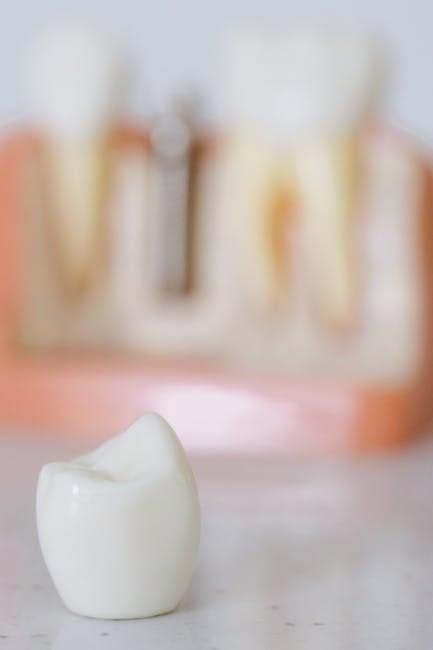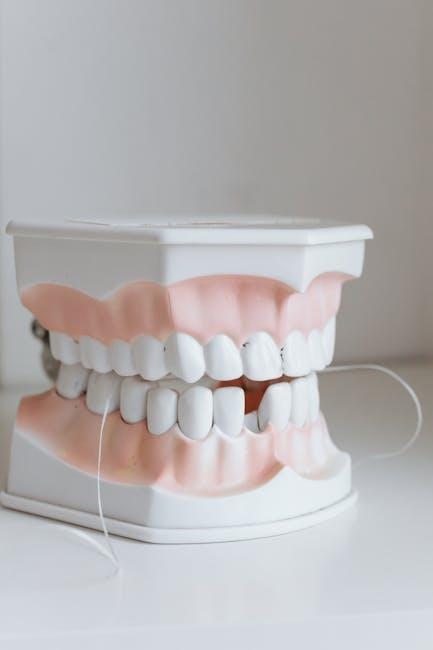
Dental Prosthetics Market to Reach US$ 6,621.5 Mn by 2032 Driven by Aging Population & Aesthetics
As the global population ages and cosmetic dentistry gains popularity, the Dental Prosthetics Market is poised for extraordinary growth. Forecasts predict the market will reach a staggering US$ 6,621.5 million by 2032, a surge powered mainly by the increasing need for dental restoration and aesthetic enhancements. Let’s dive into the key factors shaping this thriving market, the types of dental prosthetics fueling demand, and what the future holds for patients and dental professionals alike.
Understanding Dental Prosthetics: What Are They?
Dental prosthetics refer to artificial devices designed to restore missing teeth or improve oral function and appearance. These include:
- Dental Implants: Titanium posts surgically placed into the jawbone, supporting crowns or bridges.
- Dentures: Removable appliances that replace missing teeth and surrounding tissues.
- Bridges: Fixed prostheses that bridge gaps created by missing teeth.
- Crowns: Caps placed over damaged or decayed teeth to restore shape and strength.
Market Overview and Growth Drivers
The dental prosthetics market is experiencing robust growth thanks to several converging factors:
1. Aging Global Population
The world’s elderly population is expanding rapidly, especially in developed nations. According to the World Health Organization, by 2030, one in six people will be aged 60 years or over. This demographic shift is fueling a greater demand for dental prosthetic solutions to address tooth loss and oral health deterioration common in older adults.
2. Rising Awareness of Aesthetic Dentistry
Beyond functionality, an increasing number of people desire smile enhancements for cosmetic reasons. This has boosted demand for esthetic dental prosthetics such as ceramic crowns and implants that look and feel natural.
3. Advancements in Digital Dentistry
Innovations like CAD/CAM technology and 3D printing have made prosthetics more precise, affordable, and comfortable, boosting market expansion.
4. Increasing Prevalence of Dental Diseases
Conditions such as periodontal disease and dental caries lead to tooth loss, prompting more patients to seek prosthetic options.
| Market Driver | Impact | Example |
|---|---|---|
| Aging Population | High | Increased demand for dentures and implants |
| Aesthetic Awareness | Medium-High | Growth in ceramic and zirconia prosthetics |
| Technological Advancements | High | Digital impressions and custom prosthetics |
| Dental Disease Prevalence | Medium | More restorative treatments needed |
Segment Analysis: Which Dental Prosthetics Are Leading the Market?
The market can be segmented by type, material, and end-user. Below is an overview of the leading product types:
- Dental Implants: Expected to grow fastest due to durability, biocompatibility, and natural appearance.
- Dentures: Still widely used among elderly populations due to cost-effectiveness and ease of use.
- Crowns and Bridges: High demand in patients seeking functional and aesthetic restorations for damaged teeth.
Material trends include increased use of zirconia and ceramic for better aesthetics and metal alloys for strength and cost considerations.
Benefits of Modern Dental Prosthetics
Adopting advanced dental prosthetics brings significant benefits for patients, including:
- Improved Oral Function: Enables better chewing, speaking, and overall oral health.
- Enhanced Aesthetics: Restores confidence with lifelike appearance and smile quality.
- Longevity and Durability: Modern materials and techniques extend prosthesis lifespan.
- Comfort and Fit: Custom-designed for each patient improving comfort.
- Prevention of Further Bone Loss: Implants stimulate jawbone and maintain facial structure.
Practical Tips for Choosing the Right Dental Prosthetics
- Consult a Dental Expert: A thorough oral exam helps determine which prosthetics are suitable.
- Consider Lifestyle: Active individuals may prefer fixed implants over removable dentures.
- Evaluate Budget: Treatment costs vary widely; insurance coverage can affect choice.
- Material Preferences: Some people prefer metal-free or more natural-looking options.
- Maintain Oral Hygiene: Proper care extends the life of dental prosthetics.
Case Study: Impact of Digital Impressions on Patient Experience
One leading dental clinic introduced digital impression technology for prosthetic design. Patients reported:
- Reduced discomfort compared to traditional molds
- Faster turnaround in prosthetic creation
- More accurate fit, reducing adjustment visits
The clinic observed a 25% increase in patient satisfaction scores post-implementation, encouraging further adoption of such innovations in prosthetic manufacturing.
Future Outlook and Market Trends
- Greater Integration of AI and Machine Learning: To optimize prosthetic design and patient outcomes.
- Biomaterial Innovation: New substances that better mimic natural teeth and gums.
- Growing Demand in Emerging Markets: Expansion of dental infrastructure increases accessibility.
- Personalization and Customization: Tailored prosthetics enhancing patient comfort and aesthetics.
Conclusion
The Dental Prosthetics Market is on a strong growth trajectory, projected to hit US$ 6,621.5 million by 2032, with the aging global population and rising cosmetic dental awareness as primary growth engines. Advances in technology and materials continue to revolutionize the sector, making dental prosthetics more effective, affordable, and desirable than ever before. For patients seeking improved function and confidence, and for dental professionals embracing innovation, the future holds remarkable opportunities.
Whether you’re a patient considering dental prosthetics or a stakeholder in the oral healthcare industry, understanding these trends will help you navigate the evolving landscape of dental restoration and aesthetics.


